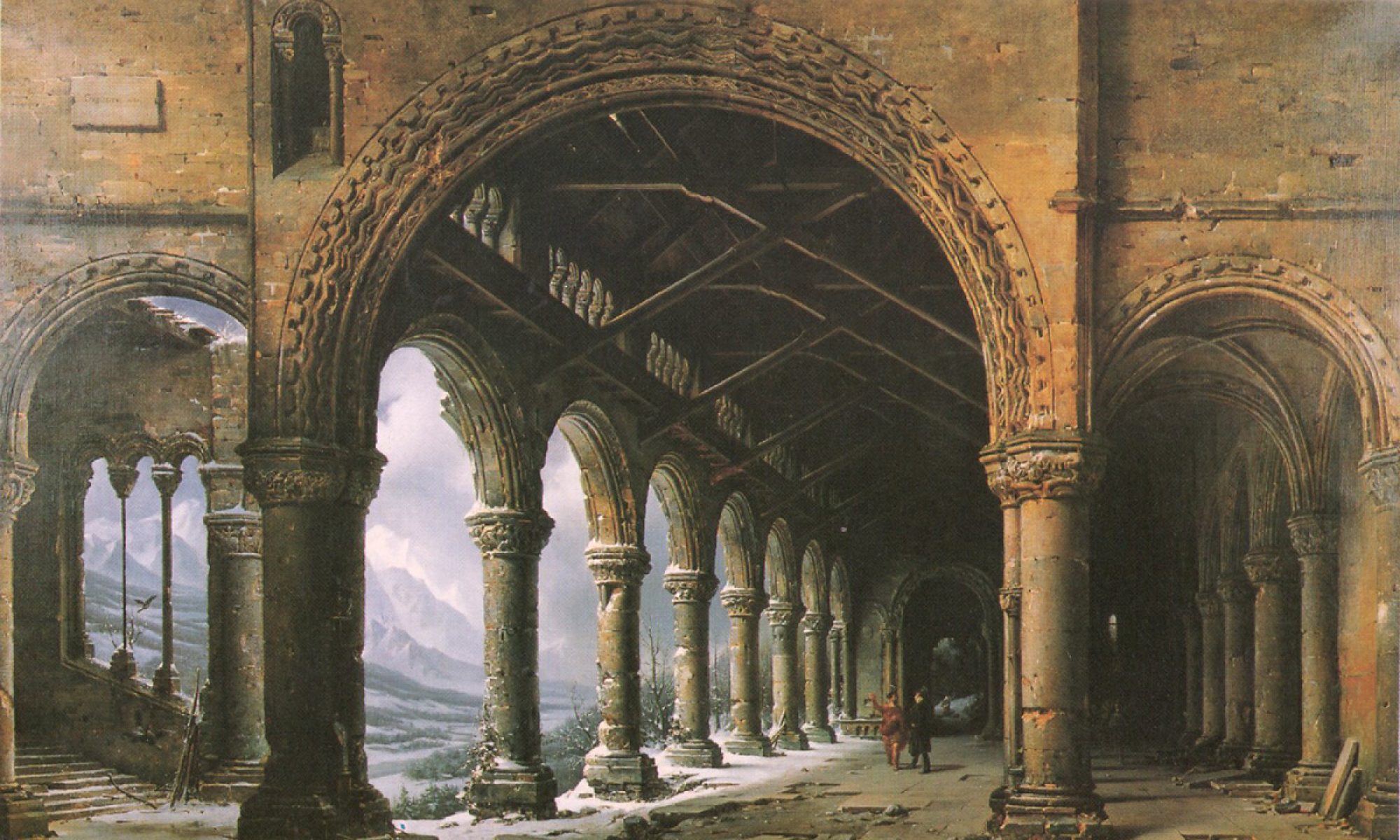The last time I sobbed at the sight of a burning building was September 11, 2001. I was in Paris, huddled around a tiny TV with three other Americans watching New York City. We were devastated by the loss of so many lives, so many mothers and fathers and sons and daughters. We could barely talk or look at each other without collapsing into tears. We sat together silently. That day random Parisians on the street asked if we were ok, told us how sorry they were, how heartbroken.
The next day, a photo of the twin towers engulfed in smoke and flames was on the front page of all the papers. Newspapers sold out early in the morning. I managed to find Libération and I still have it. I can’t bring myself to look at the front page, but I also can’t seem to throw it away.
That horrific memory is one of the reasons why now, alone in rural New York, I’m sobbing in front of my laptop, as I watch Notre-Dame de Paris burn.
When I heard the news I immediately turned to my dear friend Théophile Gautier’s poem “Notre Dame” (1832). I hadn’t read this poem in while but I once knew it well because an analysis of it forms part of the final chapter of my dissertation.
Reading the poem again today renders our collective pain more comprehensible. The gist of Gautier’s poem is that Notre-Dame de Paris (the cathedral, and Victor Hugo’s book about the cathedral) is a salve for the wounds inflicted by modern society. As I wrote in my dissertation many moons ago…
In the opening lines of “Notre-Dame” (1832), written shortly after the publication of Hugo’s Notre-Dame de Paris, the poet thrice describe himself as “las.” He is weary of his calm life, bored with the idiotic company he keeps, and fed up with his own mediocrity. Parisian life has intellectually and spiritually diminished him. The poet’s complaints about the socially and aesthetically oppressive city open and close the poem. Within this frame of grievances, his refuge from bourgeois Paris can be found: Notre-Dame and Hugo’s Notre-Dame de Paris.
Pour me refaire au grand et me rélargir l’âme,
Ton livre dans ma poche, aux tours de Notre-Dame;
Je suis allé souvent, Victor
A huit heures, l’été, quand le soleil se couche,
Et que son disque fauve, au bord des toits qu’il touche,
Flotte comme un gros ballon d’or.
The cathedral and Hugo’s novel combine to create a transformational space, an architectural fantasy capable of momentarily effacing the stultifying effects of modern bourgeois life. Viewed through the lens of art, Gautier’s Notre-Dame is estranged from the actual place in the first two sections of the poem, with the poet first presenting the cathedral as a total space that effaces Paris, and then presenting the view from Notre-Dame as evocative of the grandiose architecture in John Martin’s apocalyptic biblical paintings and in Hugo’s poem “Le Feu du ciel.” The poetic cathedral thus becomes an ideal vantage point from which to critique the characterless architectural style of the day. In the final section of the poem, Gautier subverts the religious function of Notre-Dame by employing religious terms and images to make an aesthetic argument against modern Parisian architecture. The poem closes with complaints that echo its opening stanza but that change their terms from the social vapidity of Paris to the architectural insipidity of the city’s modern constructions:
O vous! maçons du siècle, architectes athées,
Cervelles, dans un moule uniforme jetées;
Gens de la règle et du compas;
Bâtissez des boudoirs pour des agents de change,
Et des huttes de plâtre à des hommes de fange;
Present-day architects, like the “fats” and “frivoles” inhabitants of bourgeois Paris, lack the imagination and unique vision needed to conceive of a Paris that is in any way distinctive or different from the known. Framing “Notre-Dame” with aligned complaints about the society and architecture of modern, bourgeois Paris positions Notre-Dame cathedral as the ultimate repudiation of bourgeois culture, the distinguishing features of which are mediocrity and the lack of originality, according to Gautier’s poem. Indeed, “Notre-Dame” repeatedly reflects on the utter emptiness of bourgeois culture by contrasting it with visually dense images of doubled spaces and destabilized spatial binaries generated by the Gothic cathedral. The poem also pays homage to Hugo’s novel through a variety of explicit and implicit allusions, especially in the poem’s elevation of Gothic architecture over contemporary architectural styles. But whereas Hugo describes Notre-Dame cathedral as a heterogeneous space in which one can read the history of architecture, Gautier sees Notre-Dame as a sort of total work of art, created from literature, painting and architecture, that acts as a bastion of unique artistic vision in the otherwise dull reality of bourgeois Paris.
Today, as Notre-Dame burns, we are all diminished culturally and architecturally, but most of all, spiritually.

